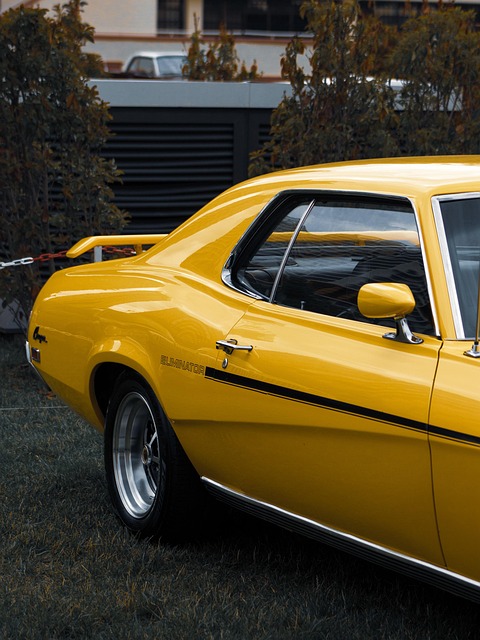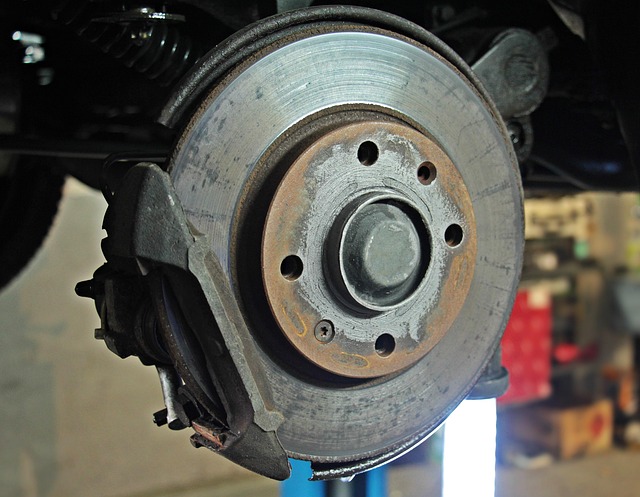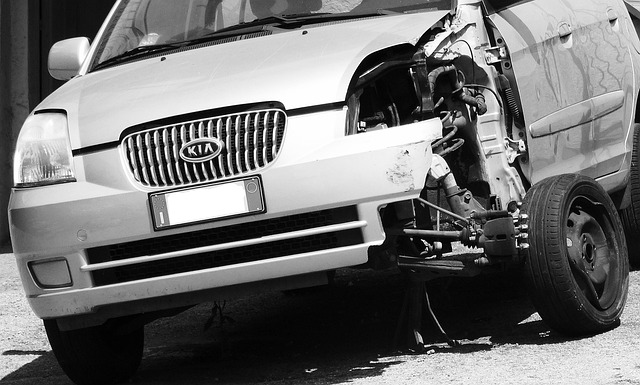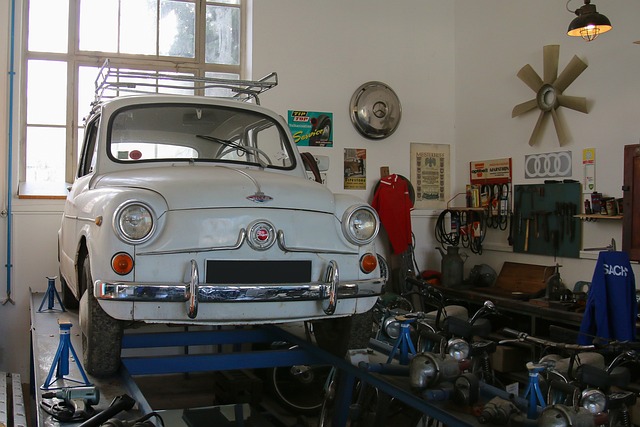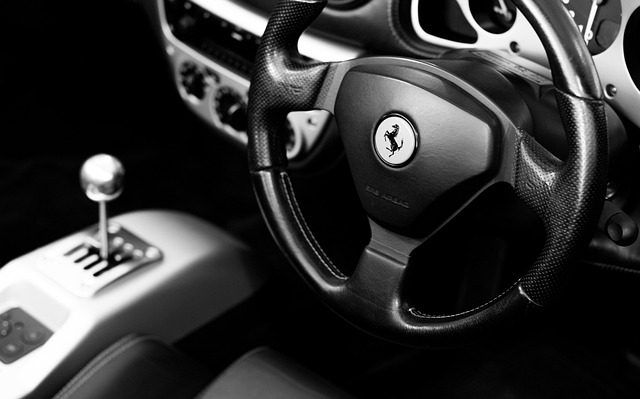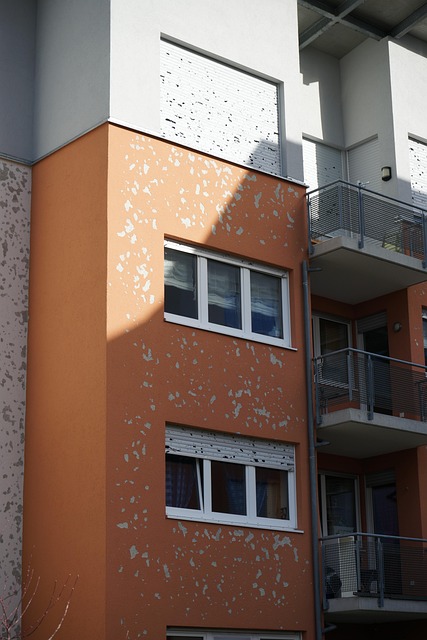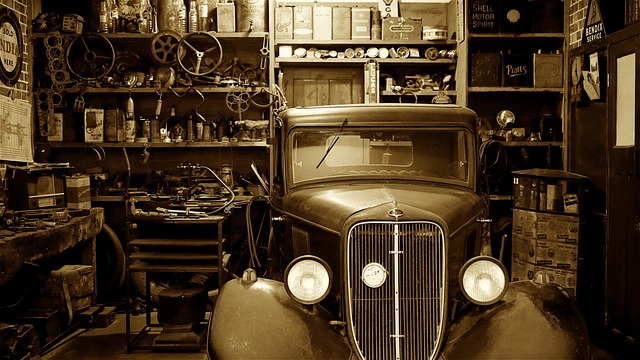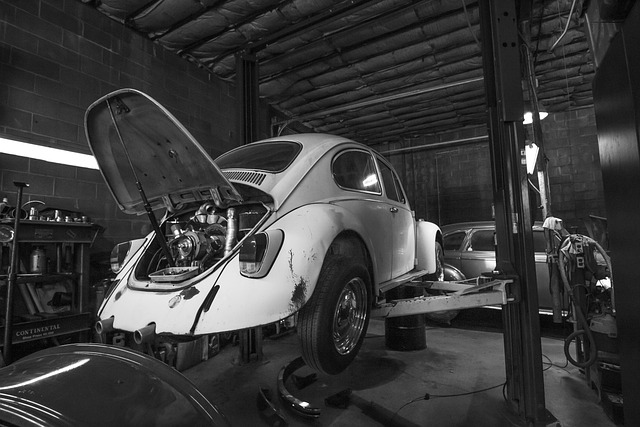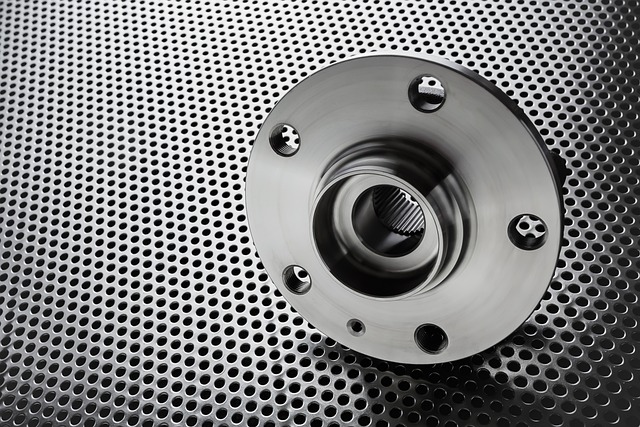High-strength steel repair (HSSR) is transforming automotive collision repair by leveraging specialized alloys for superior strength and durability, reducing the need for extensive replacements. This advanced technique combines precision cutting, robotic welding, and specialized coatings, offering quicker turnaround times, minimal distortion, enhanced stability, and superior visual appeal. HSSR is accessible and cost-effective across industries, making it an ideal choice for modern vehicles without compromising safety or performance.
Discover the extraordinary world of high-strength steel repair – a game-changer in structural integrity. This insightful article uncovers seven secrets that will transform your understanding. From the science behind its remarkable properties to the art of repair techniques, we demystify common misconceptions. Learn how this powerful solution strengthens and protects critical infrastructure. Explore the facts and embrace the future of durable construction with high-strength steel repair.
- Unveiling the Properties: What Makes High-Strength Steel Repair So Powerful?
- Behind the Scenes: The Art and Science of Its Repair Techniques
- Common Misconceptions Debunked: Clarifying Facts About High-Strength Steel Repair
Unveiling the Properties: What Makes High-Strength Steel Repair So Powerful?
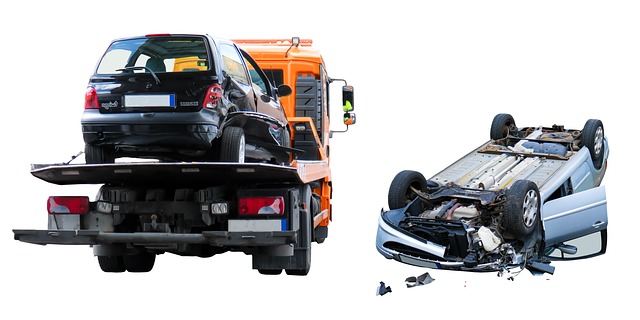
High-strength steel repair stands out in the realm of automotive collision repair and auto bodywork due to its exceptional properties. This advanced technique involves using specialized alloys that offer unparalleled strength and durability, making it a game-changer for restoring vehicles with significant damage. Unlike traditional methods, high-strength steel repair allows for the preservation of structural integrity while enhancing the overall performance of the car body shop’s work.
The power of this process lies in its ability to withstand extreme forces without compromising safety standards. In the event of an accident, the metal’s superior strength ensures that crucial components remain intact, reducing the need for extensive replacement. This not only translates to cost savings for both customers and car body shops but also contributes to a more sustainable approach to automotive restoration, minimizing waste and maximizing the lifespan of vehicle parts.
Behind the Scenes: The Art and Science of Its Repair Techniques

The art of high-strength steel repair is a fascinating blend of precision and innovation. Unlike traditional metalwork, where simple welding and shaping suffice, repairing high-strength steel requires a deeper understanding of materials science. Specialized techniques, such as precision laser cutting and robotic welding, play a pivotal role in preserving the structural integrity of these robust materials. These advanced methods ensure minimal distortion, allowing for precise repairs that maintain the original strength and durability of the steel.
Auto repair services that specialize in high-strength steel repair often employ sophisticated equipment and trained technicians to handle complex automotive body shop tasks. They understand the intricacies of modern vehicle designs, where high-strength steel is used extensively for safety features and improved fuel efficiency. By combining scientific knowledge with artistic dexterity, these experts can restore damaged components to their original specifications, ensuring safety and performance in every repair, whether it’s a car, truck, or even heavy machinery.
Common Misconceptions Debunked: Clarifying Facts About High-Strength Steel Repair

High-Strength Steel Repair is often shrouded in mystery, leading to several misconceptions among individuals unfamiliar with this specialized process. One common myth is that it’s an overly complex and expensive endeavor, suitable only for major industrial applications. In reality, high-strength steel repair has become increasingly accessible and affordable, offering a cost-effective solution for various industries, including automotive. With advanced techniques like laser welding and specialized coatings, repairing car bodywork using high-strength steel can now be done efficiently and effectively, ensuring structural integrity without compromising aesthetics.
Another misconception is that traditional auto body restoration methods are always superior to modern alternatives. While classic repair techniques have their place in preserving vintage vehicles, high-strength steel repair provides advantages for contemporary cars. It allows for quicker turnaround times, minimal distortion of the car body panels during repair, and enhanced structural stability. This method is particularly beneficial for those seeking top-notch auto body restoration that combines speed, durability, and visual appeal, ensuring their vehicle looks and performs like new without breaking the bank.
High-strength steel repair is a complex yet essential field, offering unprecedented durability and structural integrity. By understanding its unique properties and dispelling common myths, we can harness the full potential of this game-changing technology. The art and science behind these repair techniques continue to evolve, ensuring structures withstand the test of time with enhanced resilience. Embrace these secrets to appreciate the profound impact high-strength steel repair has on our built environment.

